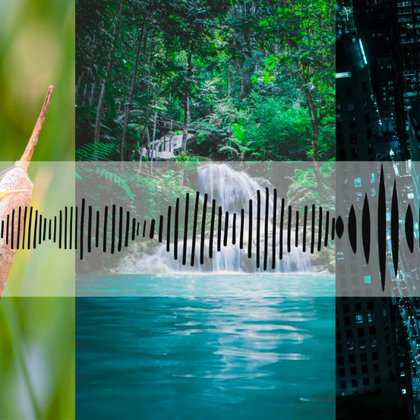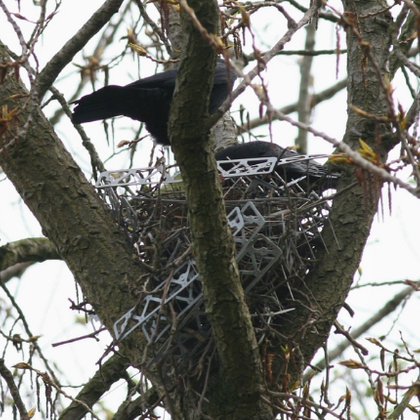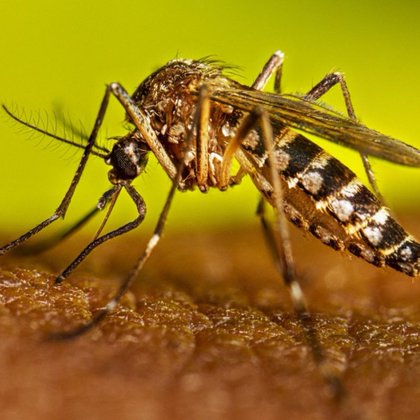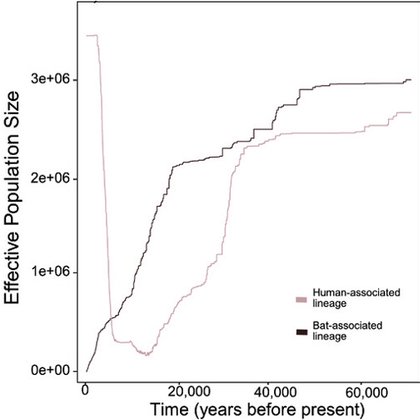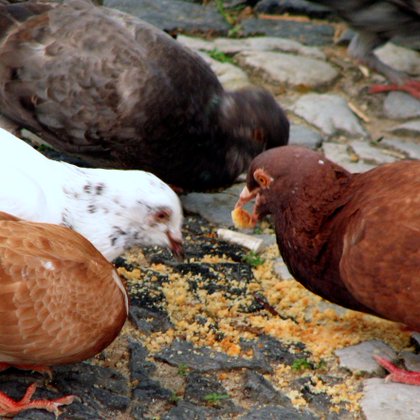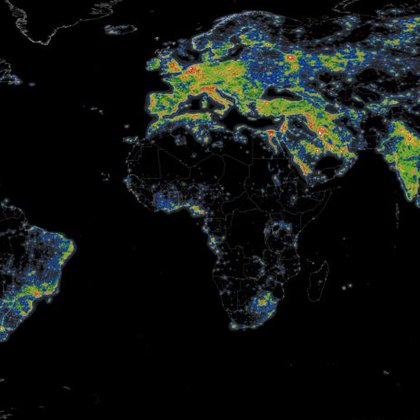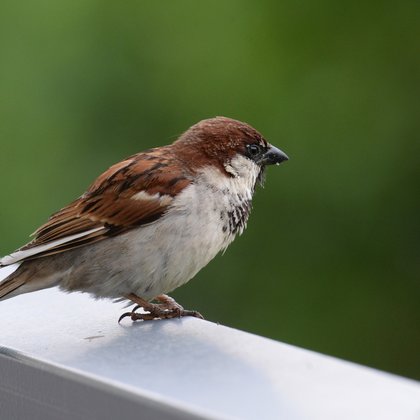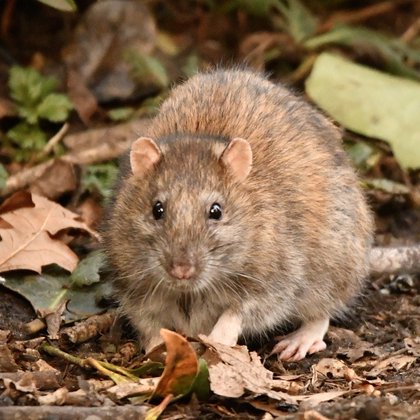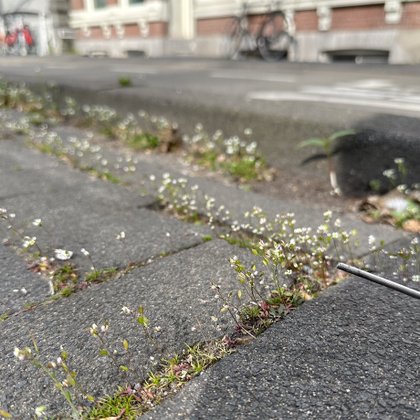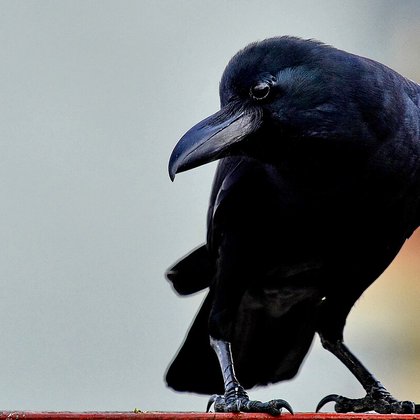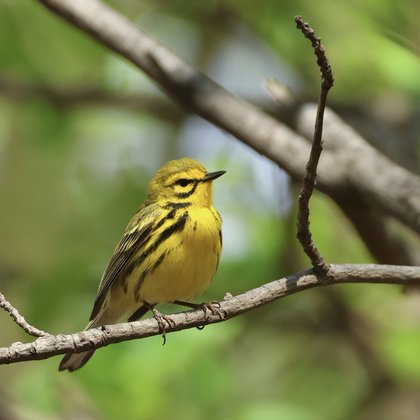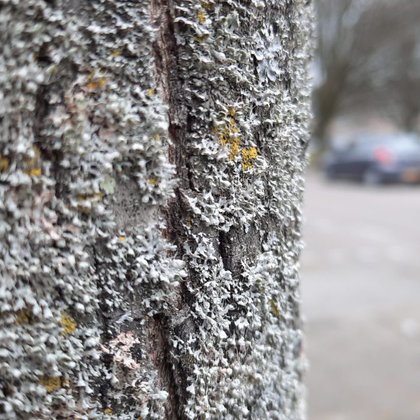
Kristin Winchell
@Kmwinchell
Followers
2K
Following
9K
Media
626
Statuses
2K
PhD, urban evolutionary ecology | Assistant Professor of Biology @NYUniversity | Cofounder @LITC_UrbanEvo | marathon runner | she/her
New York, NY
Joined September 2012
Our study is officially published in @PNASNews! We show parallel morphological adaptations to urbanization are mirrored w/ parallel genomic changes. w/coauthors: @SCampbellstaton @JLosos @phytools_liam @TheRealVerrelli @AnthonyGeneva .#urbanevolution.
pnas.org
Urbanization drastically transforms landscapes, resulting in fragmentation, degradation, and the loss of local biodiversity. Yet, urban environment...
5
38
152
RT @annainthefield: The NYU lizard colony (@Kmwinchell) is now one (major) step closer to being up and running! Today we finished these 56….
0
2
0
RT @LITC_urbanevo: New post by lindsaymilesphd: Using Soundscapes to Monitor Urban Diversity .#UrbanEvolution.
urbanevolution-litc.com
Using soundscapes to monitor urban diversity by Shade Walker Daily sounds of local traffic, the coffee machine pouring, conversations over breakfast, and morning birdsong, are all familiar to us, s…
0
1
0
I’m at #ESA2025! But just for today. I’m giving an inspire talk this afternoon on urban evolutionary ecology. Come find out what I think about when people ask me “if wildlife are adapting to cities, will evolution solve all our problems?”.
1
0
1
RT @LITC_urbanevo: Have you seen bird nests with anti-bird spikes? This post by Jitte van Leeuwen shares details on this eye-catching behav….
urbanevolution-litc.com
Cities are becoming more and more grey, with less and less living biomass. The consequence is that there is not enough natural nesting material available for the urban birds. These birds adapt to u…
0
1
0
RT @LITC_urbanevo: Summer is in full swing, which means the mosquitos are out and biting! Suzanne van Veen explores how cities support mosq….
urbanevolution-litc.com
It is definitely that time of year again: insects and other invertebrates seem to spawn from every nook and cranny. We see snails feasting on freshly emerged leaves, earthworms being snatched away …
0
1
0
super proud of lab alum Shira Linsk—featured in this story on NYU undergrads conducting "research that launched their careers". Shira completed TWO publication-worthy projects on #urbanecology & is headed to U Chicago for a PhD in ecology & evolution!.
1
0
3
RT @joanocha: I am thrilled to announce that I will be starting my own lab at NYU Biology Jan 2026! Soon enough I will be recruiting postdo….
0
85
0
RT @LITC_urbanevo: New Lit Alert: Parallel phenotypes of Littoraria angulifera emerge across ecoregions, as a response to urbanization http….
urbanevolution-litc.com
Parallel phenotypes of Littoraria angulifera emerge across ecoregions, as a response to urbanization Javier A. Venegas, Levy Obonaga & José M. Riascos Abstract Cities are emerging as the faste…
0
1
0
RT @LITC_urbanevo: New post by lindsaymilesphd: New Lit Alert: Were bed bugs the first urban pest insect? Genome-wide patterns of bed bug d….
urbanevolution-litc.com
Were bed bugs the first urban pest insect? Genome-wide patterns of bed bug demography mirror global human expansion Lindsay S. Miles, Brian C. Verrelli, Richard Adams, Yannick Z. Francioli, Daren C…
0
1
0
RT @LITC_urbanevo: Urban streams have altered hydrology, and it turns out this may lead to evolution in stream-dwelling fish like the Creek….
urbanevolution-litc.com
Urbanization strongly affects freshwater streams, because they are sensitive to land use due to their topographical location. The increase in discharge that occurs after rainfall is one of the most…
0
1
0
RT @LITC_urbanevo: City pigeons with darker feathers = higher cholesterol? Pleiotropic effects may be behind this unexpected urban side eff….
urbanevolution-litc.com
Some fries left on the ground, a half-eaten sandwich, or some breadcrumbs kindly given by someone on a park bench. Pigeons (Columba livia) in the city don’t shy away from eating human-derived foods…
0
4
0
RT @LITC_urbanevo: How are nocturnal foragers, like the jerboa, affected by #lightatnight? Find out in a new post by Giorgos Terlemes on a….
urbanevolution-litc.com
What wakes you up in the morning? Is it your alarm clock? Is it the clattering of your housemate in the kitchen? Is it the smell of coffee? While these experiences happen like clockwork, for many o…
0
1
0
RT @LITC_urbanevo: New Lit Alert: Different traits shape winners and losers in urban bird assemblages across seasons .
urbanevolution-litc.com
Different traits shape winners and losers in urban bird assemblages across seasons Riccardo Alba, Fabio Marcolin, Giacomo Assandri, Luca Ilahiane, Francesca Cochis, Mattia Brambilla, Diego Rubolini…
0
1
0
RT @LITC_urbanevo: Are platypuses thriving in the city? Read Danique van Os's summary of new research by Tamielle Brunt to learn how urban….
urbanevolution-litc.com
The platypus: a peculiar mix of DNA The platypus (Ornithorhynchus anatinus), a well known monotreme from Australia, is an animal that defies one’s imagination. With a bill like a duck, tail like a …
0
1
0
RT @LITC_urbanevo: Have you ever wondered why rats are so good at city living? Read this new post by Sophie de Vos to find out! https://t.c….
urbanevolution-litc.com
Our typical urban rats, mainly brown rats (Rattus norvegicus), have undergone adaptations that enable them to thrive in urban environments. These adaptations distinguish urban rats from their wild …
0
1
0
RT @LITC_urbanevo: The single-striped grass mouse can be found near cities, but our nighttime lights have negative impacts on this understu….
urbanevolution-litc.com
When thinking about a city at night, chances are that you include some twinkling streetlights in your mental image. Billboards, streetlamps, and neon signs are no novel presence to city dwellers. T…
0
1
0
RT @LITC_urbanevo: The tiny plant Draba verna grows out of cracks in sidewalks & roads. Nils tells us more about this resilient #urbanplant….
urbanevolution-litc.com
The harsh, brutal urban environment is increasing. In Europe, the Netherlands ranks as one of the countries with the lowest forest cover (10%), with wooden forests being replaced by concrete jungle…
0
1
0
RT @LITC_urbanevo: Does it ever seem like your neighborhood birds & squirrels recognize you? They probably do! Jitte van Leeuwen explains h….
urbanevolution-litc.com
In the heart of the city, dominated by human-made material, animals face more than cars and concrete—they face humans. And to survive, some of them have developed a surprising skill: reading human …
0
2
0
RT @LITC_urbanevo: New Lit Alert! Are urban birds becoming more colorful to stand out from the crowd? Read this article by Juan Diego Ibáñe….
urbanevolution-litc.com
Juan Diego Ibáñez-Álamo, Kaspar Delhey, Lucía Izquierdo, Mihai Valcu, Bart Kempenaers Juan Diego Ibáñez-Álamo and Kaspar Delhey shared first authors. Abstract Rapidly expanding urbanisation present…
0
1
0
RT @LITC_urbanevo: Dennis Planjer tells us all about the hidden biodiversity of our cities! Read to find out more about urban lichens! http….
urbanevolution-litc.com
In urban ecology, a lot of attention has been paid to groups such as birds and trees and how they adapt to life in the human hive, but an often-neglected group are the lichens. These easily overloo…
0
2
0



